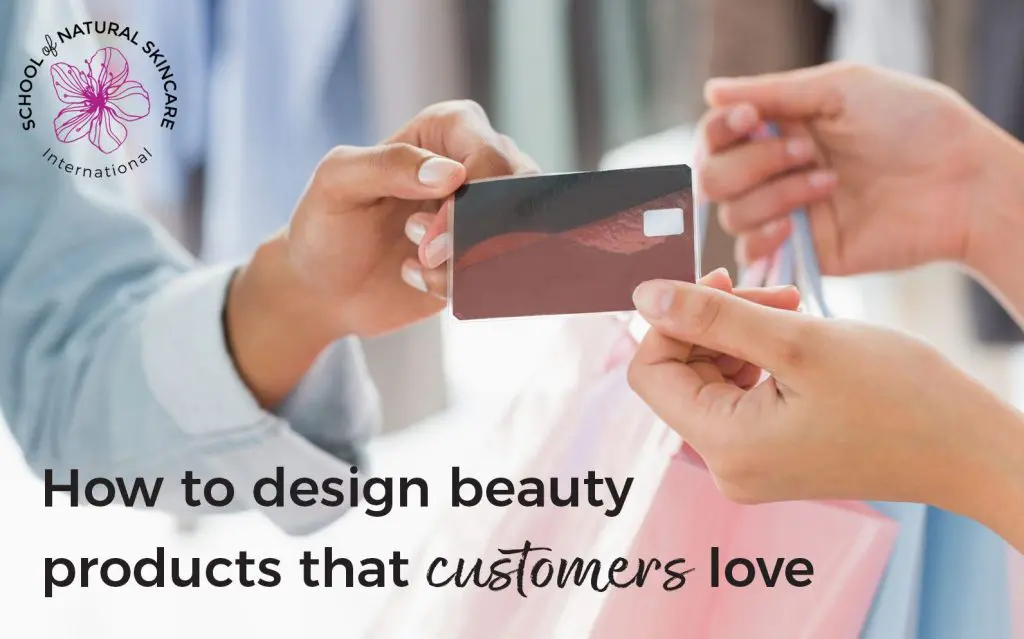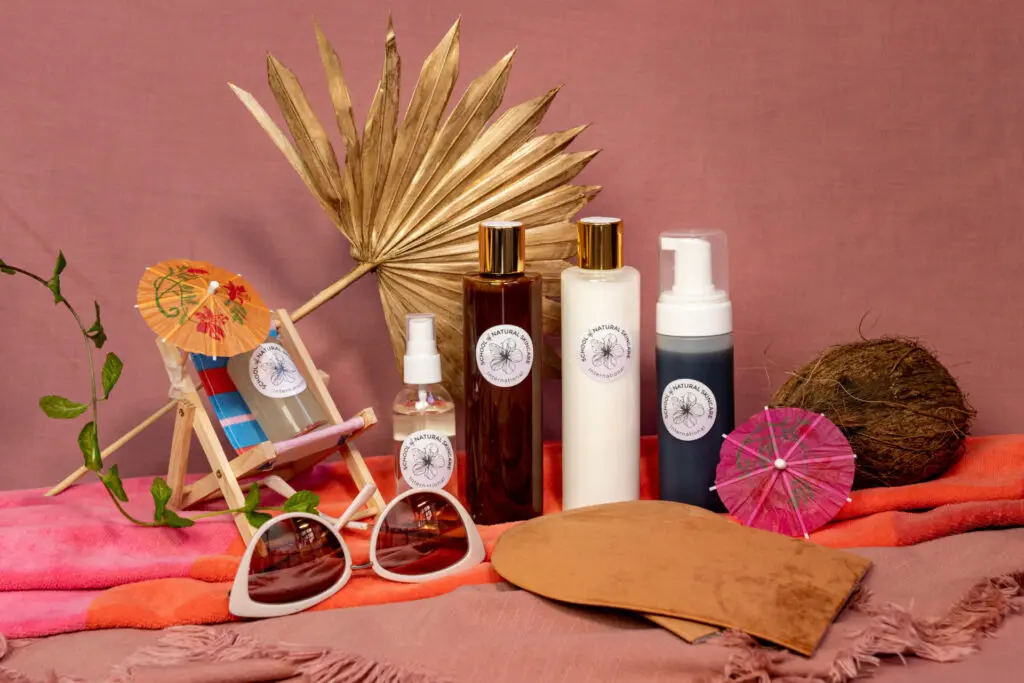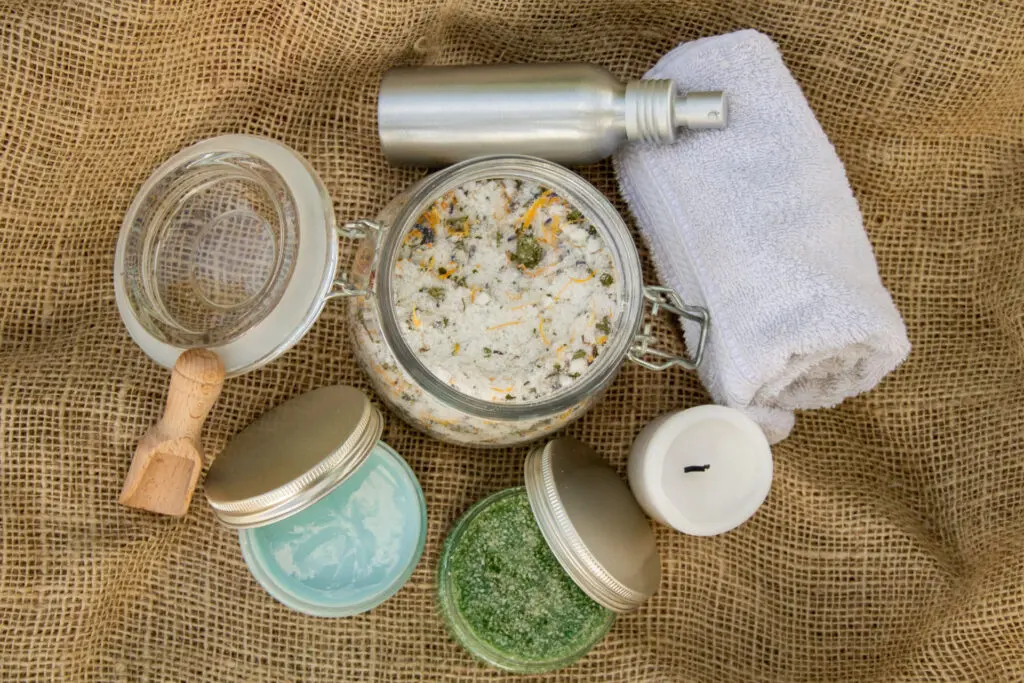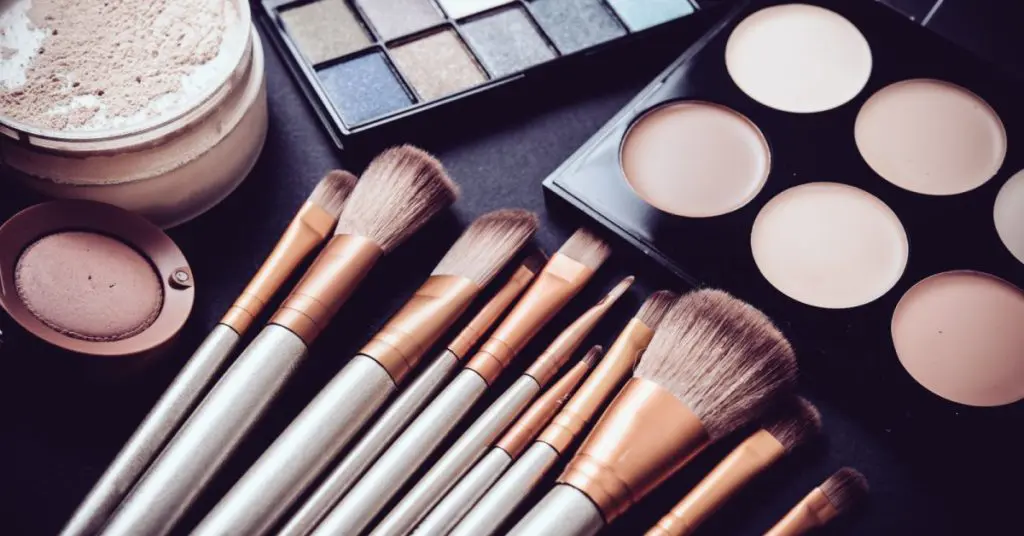Most of us who are passionate about natural skincare and who love making products focus our efforts on playing around with ingredients, experimenting with different blends and on creating products that we love because that is what we enjoy the most. That’s the reason we developed this interest in the first place; it’s our hobby!
Now for those of us who want to take things to the next level and make products that other people love and will buy, we need to do things a bit differently. So here’s the process.
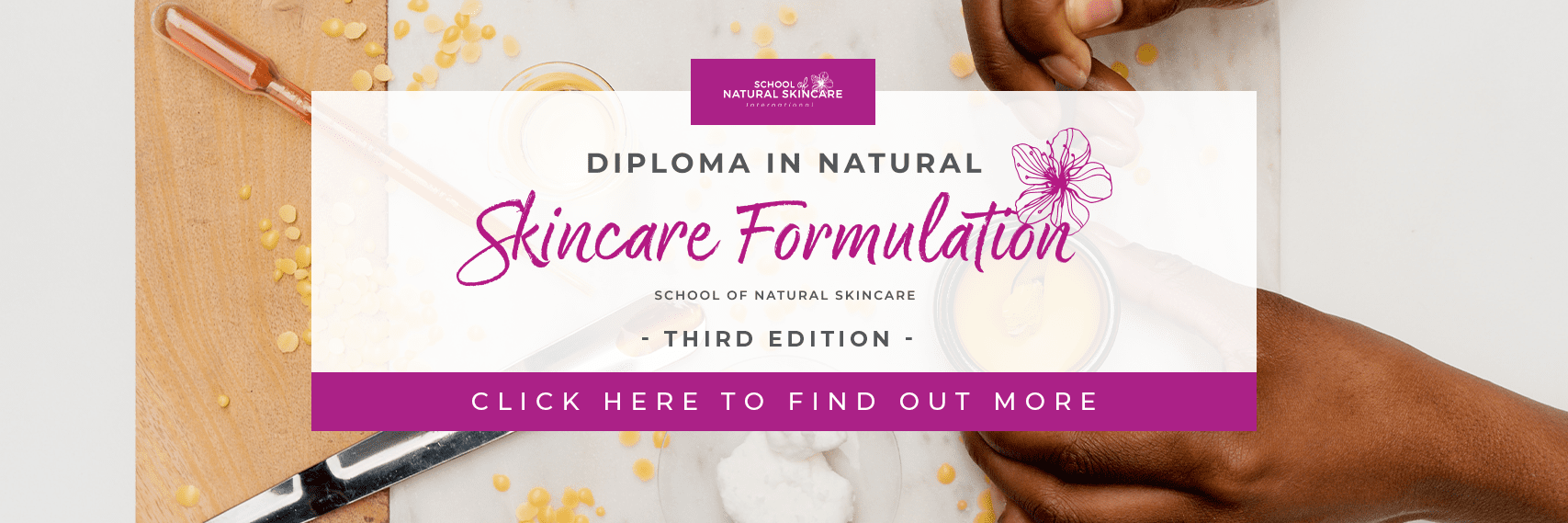
1. Know your customers
Before you even begin to develop your products, it’s important to find out who your customers are (or might be) because this will give you a lot of vital information that you can use to perfect and market your products. If you do this you’ll know things like:
- what their typical day-to-day challenges might be
- where they might live, work and hang out
- what they might like and dislike
- what climate they might be exposed to and how that affects their health
- what health complaints they might experience.
For example: busy working mums who are raising a family and keeping a part-time job. Love pampering but don’t get much time for it. Would rather use natural products but can’t find them in high-street shops. Use Facebook a lot and enjoy browsing Pinterest. Suffer from stress, and dry skin, especially in winter when it’s cold and wet.
2. Know the problems and identify the solutions
If you have an idea of who your ideal customers are (or might be) you can then more easily discover what problems they may have and what solutions they are typically looking for.
For example: dry skin, fine lines, dark patches under the eyes. Want something that nourishes and moisturizes the skin without leaving an oily feeling and is quick and easy to use.
3. Identify the benefits
When you know what your customers’ problems are and what solutions they are looking for, you can then more easily discover the benefits your products need to have.
For example: something that locks-in moisture, hydrates, and moisturizes, encourages healthy skin growth and protects against external weathering.
4. Identify the features
When you know the benefit you can more easily figure out what the features of your products are (the features are the therapeutic properties that your ingredients contain).
For example: emollient, occlusive, humectant, hydrating, rubefacient, antioxidant, cytophylactic, cephalic, calming and restorative.
5. Identify your ingredients
Now all you need to do is find ingredients that possess the features/therapeutic properties and provide the required benefit.
For example: jojoba, shea butter, macadamia, olive squalane, frankincense, geranium and lavender.
So, to conclude let’s work backwards!
You now know the ingredients because they possess the therapeutic properties which deliver the benefits that ultimately also solve your customers’ problems and give them the solution they are looking for. That makes for a very happy customer!
Now you are ready to go ahead and formulate your product!
One more thing! The information you discover through this process will also be invaluable when you come to marketing, promoting and selling your products. Why? You know your customer and when you know someone, it’s much easier to find them!
Now, see if you can apply this method/process to make your products.
Free Guide
The Beginner's Guide to Formulating Natural Skincare Products (From scratch, like a professional!)
Start creating your own natural skincare products from scratch – rather than simply following recipes!
Learn how to formulate like a pro and discover our top tips for becoming a confident skincare formulator.
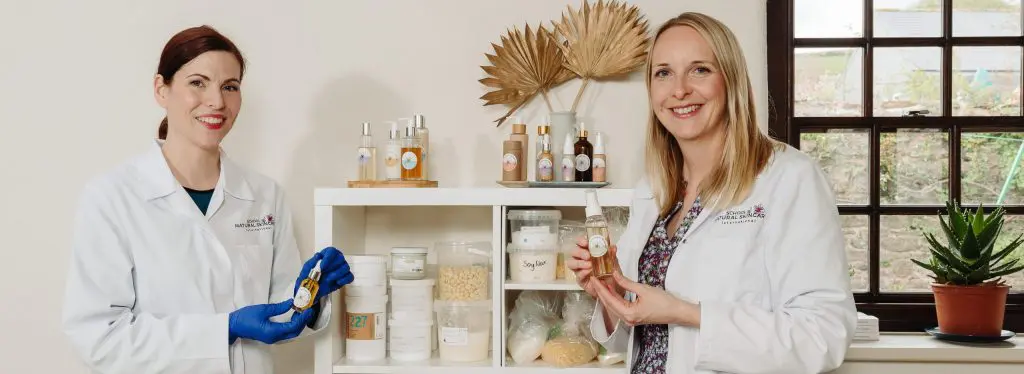
Exclusive for our newsletter subscribers. Sign up now.
We look after your data in accordance with our privacy policy.
Download this fabulous guide and you’ll learn:
- What formulating is and why you need to be doing it!
- The difference between following recipes and formulating your own products.
- Our step-by-step process to designing products people love.
- Four easy ways to personalize your skincare products.
- Choosing the right carrier oils for your beauty products.
- Plus, you’ll get our Safe Product Checklist: How to make sure the skincare products you make are safe and stable
